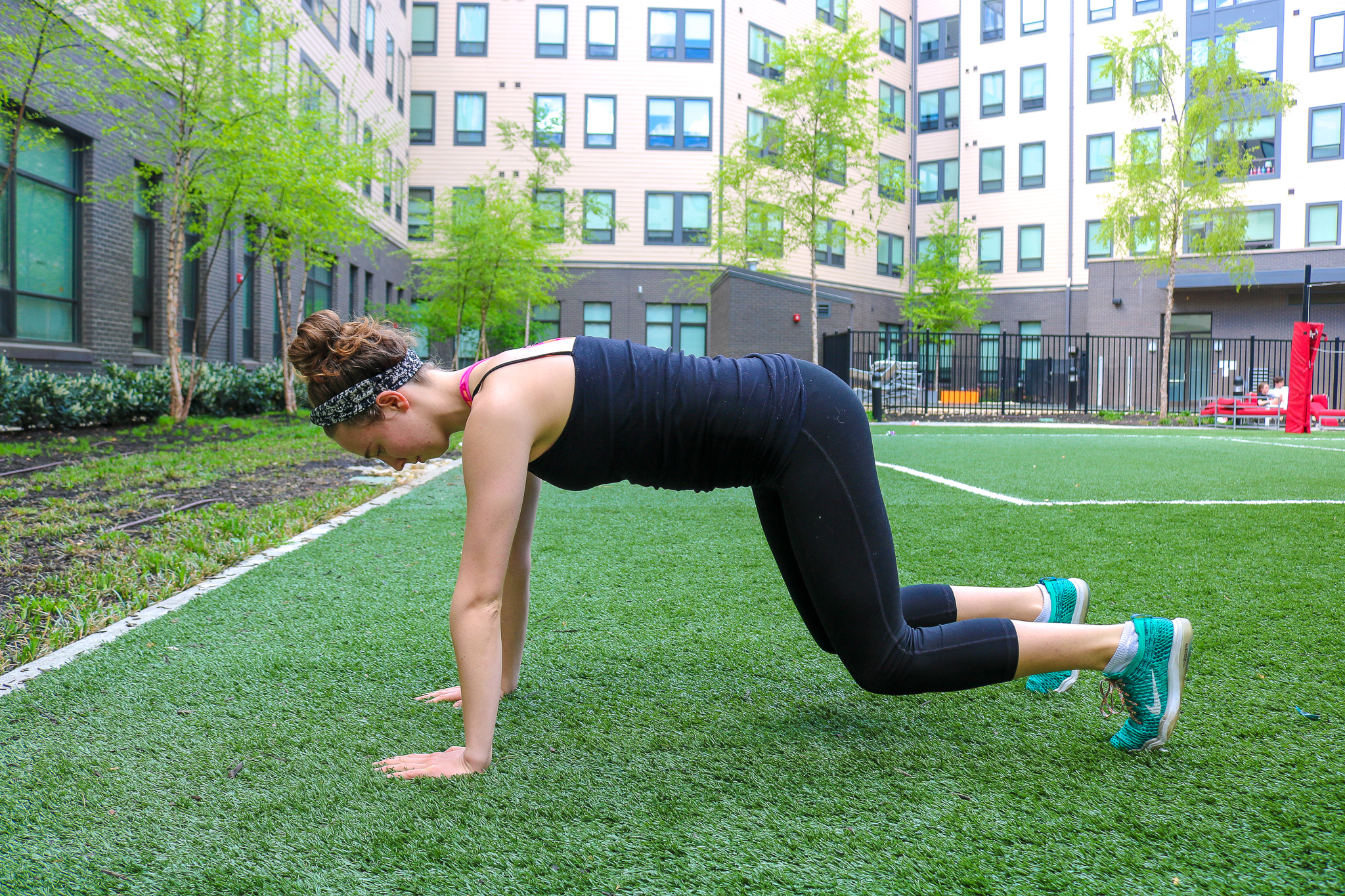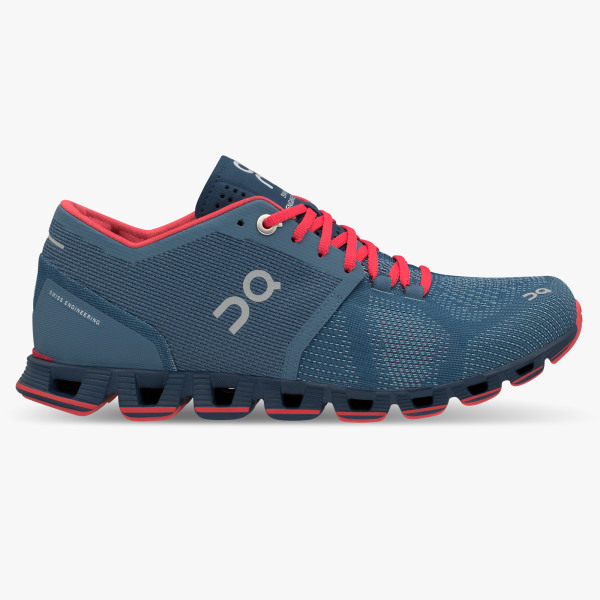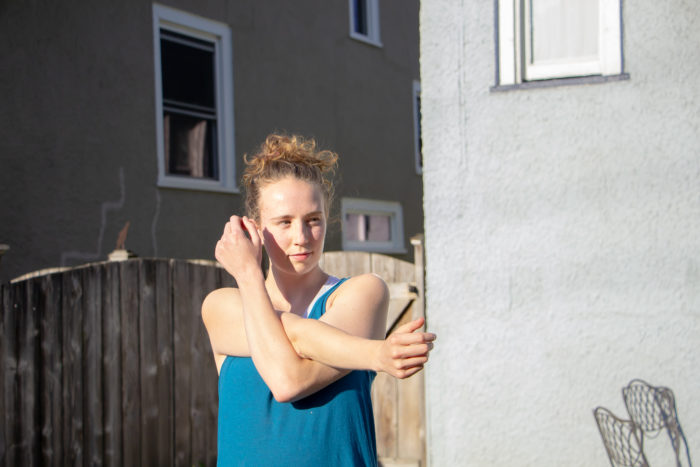 Do you love to run? Running is an old (and some would argue innate) type of exercise. I personally love running because it feels fun and freeing, and it’s just so convenient! Running for exercise has a caveat, though—it can be dangerous.
Do you love to run? Running is an old (and some would argue innate) type of exercise. I personally love running because it feels fun and freeing, and it’s just so convenient! Running for exercise has a caveat, though—it can be dangerous.
Between thirty and seventy-five percent of runners are injured annually, a statistic that means that you probably know at least one person who has gotten a running injury. Maybe that person is you.
Researchers suspect that the high-impact nature of running is responsible for the high injury rate. Impact matters to running because of Newton’s Third Law: every action has an equal and opposite reaction. In the case of running, this means that as your feet hit the ground, the ground is effectively hitting you back which creates a lot of pressure on the joints.
There are a number of things you can do to reduce your risk of injury in any activity including running: recovering properly, increasing volume slowly, ensuring plentiful sleep, refueling properly, etc.
Proper footwear
If you’re going to regularly be racking up miles, you’re going to need a good running shoe. I suggest that most runners look for a neutral shoe to keep as much integrity as possible in your natural gait. Ultra-cushioned shoes have actually been shown to alter running mechanics and not reduce impact. I personally use this shoe and it’s been the best running shoe I’ve tried.
There are several types of running shoes though, and you may need a different shoe based on the way you walk and run. Go to a specialty running shop where the salesperson will fit you, watch the way you walk and run, and recommend a shoe for your specific body.
Yes, running shoes are an investment, but they’re an investment in your health and safety. Not having supportive footwear increases risk of injury in an already high-injury sport, so if you don’t invest in proper running shoes then you will quite likely be spending the money on physical therapy later on.
Running shoes typically last for 500-600 miles, so make sure that you track your mileage so you’ll know when it’s time to invest in new shoes!
Running warm-up
One of the biggest mistakes I see with running is going straight into a run without taking the time to stretch or warm up properly. I suggest warming up with a brisk walk to get the heart rate up following by dynamic stretching.
Here are a few dynamic stretches you can include:
- Tin soldiers
- Low side lunge
- Leg swings
- Hip circles
- Cat/cow
- Frog squat to forward fold
- Twist from wide-legged forward fold
- Kneeling hip flexor stretch to kneeling hamstring stretch
- Downward dog feet peddling (calf stretch)
After dynamic stretching, you should do 1-2 core stability movements to prime your core for your run. I suggest plank or modified plank. Even a 30-60 second hold here will be effective; the idea is to wake up the core so that it will be more primed to stabilize the body during your run.
During the run
When running, try to land as lightly as possible and aim to land in the middle of your foot with each step. Try to run on grass where possible; running on concrete puts you at a higher risk of injury.
Running a distance of greater than 40 miles per week has also been associated with a higher injury rate, so limit your mileage if you can. If you’re training for a particular event or you enjoy running long distances, it may be in your best interest to observe off-seasons in which you take a break from running or cut down the mileage in order to prevent injury.
After the run
When you’re finished running for the day, make sure to cool down first by walking to lower the heart rate and then with more stretching. These IT band stretches are perfect to wrap up a run. I also highly suggest foam rolling as it will break up adhesions that may have built up along your muscle fibers due to the repetitive movement of running.
In the days between your runs, you’ll also want to observe recovery strategies: get enough sleep, eat nutrient-rich foods, take an Epsom salt bath, foam roll, and get a massage if you have the means.
Strength training
A good strength training routine is essential for preventing injury while running. I suggest committing to at least two strength-training days per week (this also happens to be the minimum frequency recommended by the 2018 Physical Activity Guidelines for Americans!) While a full-body strength routine is optimal for a healthy lifestyle in general, runners will want to pay particular attention to core stability and leg strength. Here are a few movements I recommend incorporating into your strength-training routine:
- Resistance band side steps
- Resistance band monster walks
- Resistance band squat walks
- Box step-ups
- Squats
- Deadlifts
- Single-leg deadlifts
- Static lunges
- Reverse lunges
- Forward lunges
- Curtsy lunges
- Side lunges
- Glute bridges
- Hip thrusts
- Planks
- Modified planks
- Single-leg medicine ball tosses
- Medicine ball slams

Modified plank is one of my favorite movements for building core stability.
This at-home core and glute routine and this BOSU balance routine are excellent additions to a strength-training routine for running because they will both build core stability (use of a BOSU ball also builds up stability at the ankle and knee joints, which is important for running!)
Running can be done properly and safely with a well-planned routine and a little extra caution. Remember to see a doctor if you experience any on-going pain.
Happy running!
Also by Maille: Want To Meet Your Exercise #Goals? Why Nailing Your Rep Range is Key
Get more like this—Subscribe to our daily inspirational newsletter for exclusive content!
__
Photo: Danny Kekspro on Unsplash; On Running; Maille O’Donnell






